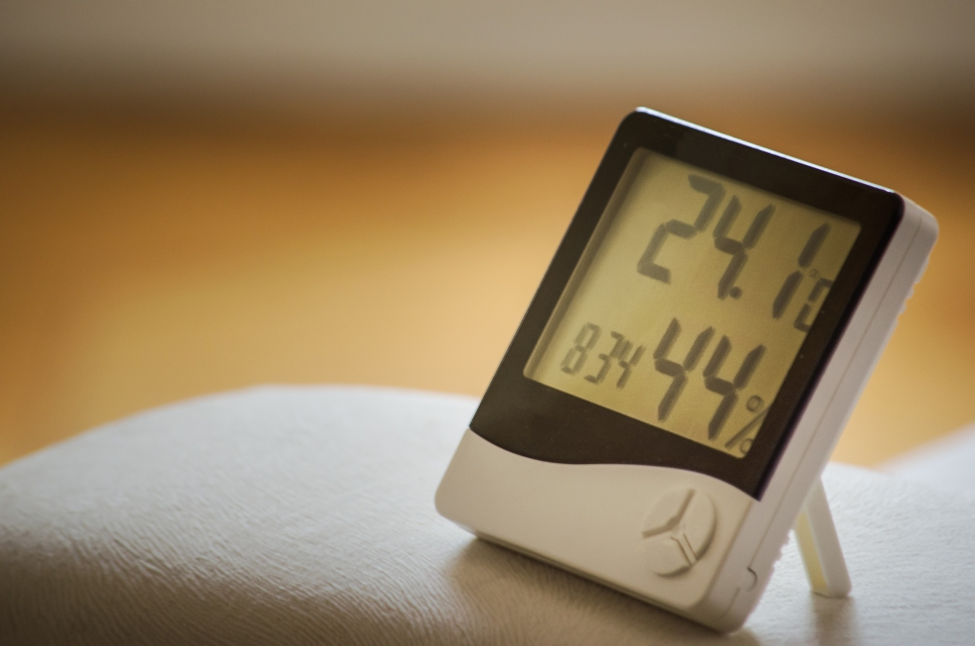Contents
You might be surprised to learn that the air quality inside your house can be up to five times worse than it is outside. The quality of the air within our houses needs to be taken into consideration as awareness of air pollution and its impact on the environment grows. We can thankfully now monitor and defend ourselves against bad indoor air quality thanks to technological advancements.
Smart air quality monitoring is a terrific method to keep track of what’s going on in your environment so you can take preventative action to make the air you breathe better.
1. Invest In Quality Air Filters
Installing quality air filters can help reduce the amount of airborne particles that enter your home. High-efficiency particulate air (HEPA) filters are most effective at removing small particles like dust mites, mold spores, and pet dander from the air.
Make sure to change the filter regularly to keep it working effectively, and that you have a professional conduct an AC tune-up at least once a year.
2. Understand Air Pollution Sources
The first step in improving your indoor air quality is gaining an understanding of where pollutants come from.
Common sources of indoor air pollution include mold spores, pet dander, dust mites, smoke, and volatile organic compounds (VOCs) which can originate from cleaning products, paints, and furniture.
3. Keep Indoor Pollutants Under Control
Another way to protect yourself from poor indoor air quality is by keeping a vigilant eye on the potential pollutants within your home.
This means thoroughly cleaning often with natural cleaners that are free of toxins or synthetic fragrances, abstaining from burning candles or incense indoors, and not allowing anyone to smoke
4. Monitor Air Quality With Smart Devices
The newest technology for air quality monitoring is the smart air monitor. These devices measure and track indoor air pollution, sending real-time data to your smartphone so you can stay informed of what’s happening in your space.
Depending on the type of device, you can also get alerts when certain levels of pollutants are detected.
5. Take Immediate And Proactive Action When Necessary
Once an issue has been detected, it’s important to take both immediate and proactive action to reduce the amount of pollutants in the air.
This could include opening windows or running a fan if too much VOCs are detected, investing in a dehumidifier if mold is present, as well as more long-term solutions like changing ventilation systems or replacing aging furniture and carpeting that could be acting as traps for pollutants.
Taking these measures can ensure you keep your home safe from poor indoor air quality.
6. Use Natural Air Purifiers
Using natural air purifiers like houseplants can help filter the air in your home and reduce levels of pollutants. Plants are great at removing VOCs, which can have a toxic effect on our bodies over time.
Certain plants such as peace lilies, spider plants and English ivy are especially effective at absorbing toxins from the air.
7. Schedule Regular Tests For Radon
Radon is an odorless, colorless gas linked to several forms of cancer. It’s important to schedule regular tests for radon in your home to ensure that you’re not being exposed to dangerous levels of this gas.
If radon is detected, it’s important to take action immediately and invest in a radon reduction system.
In Conclusion
It is essential to ensure that your home is protected from poor indoor air quality for your health and wellbeing. Thanks to modern technology, we are now able to monitor the air in our homes and take proactive steps to improve its quality.
By understanding where pollutants originate from, investing in good filters, controlling potential pollutants, monitoring air with smart devices, taking immediate and proactive action when necessary, using natural air purifiers and scheduling regular tests for radon; you can keep yourself safe from dangerous levels of indoor air pollution. With these simple steps, you will be well on your way to a healthier life!




